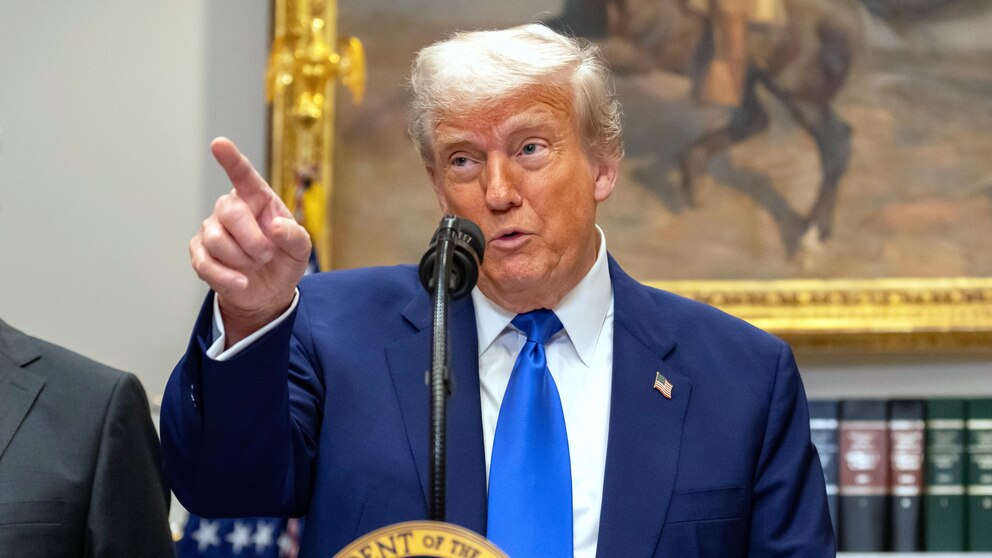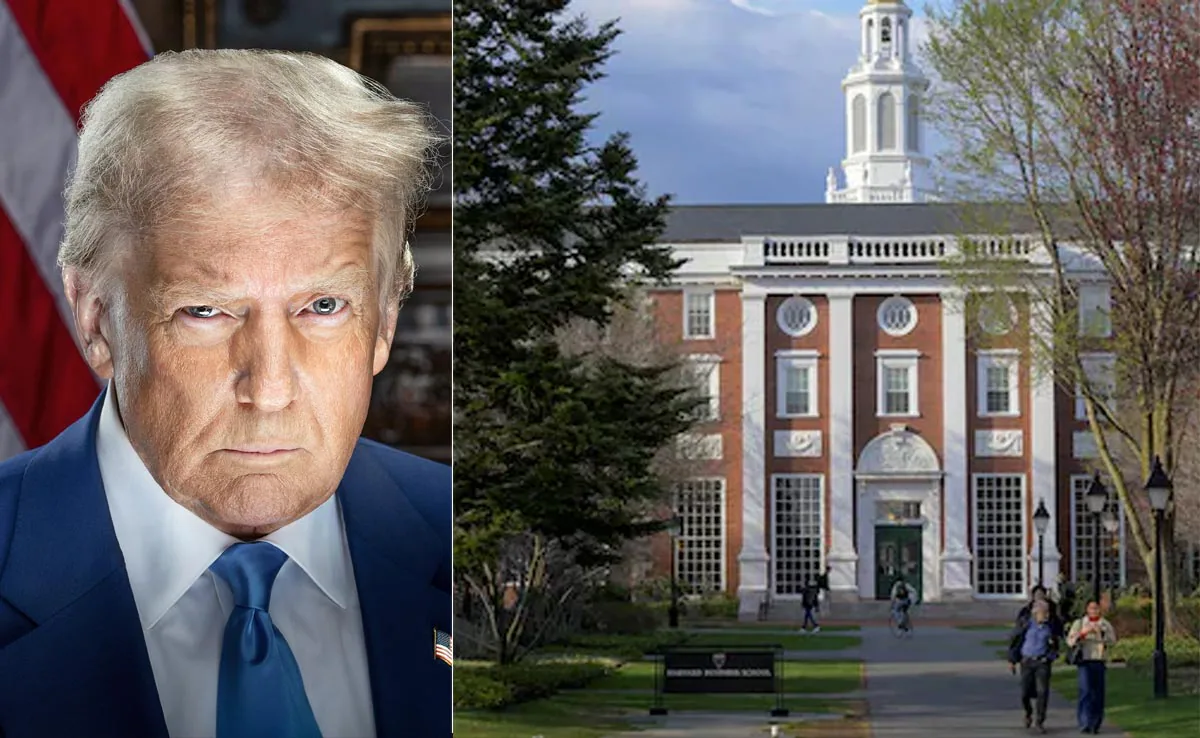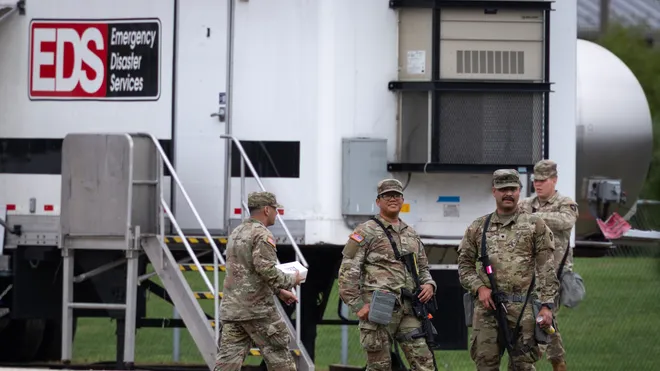
House Republicans have introduced a proposal to allocate up to $5 billion annually for private school vouchers, aiming to expand educational choices for families across the United States. This initiative is part of a broader budget reconciliation bill and aligns with former President Donald Trump’s vision of “universal school choice.”
Key Features of the Proposal
-
Funding Mechanism: The program would be financed through private donations, with contributors receiving full federal tax credits. This includes benefits for donating appreciated stock without incurring capital gains taxes.
-
Eligibility Criteria: Most families would qualify for the scholarships, except those earning more than three times the local median income.
-
Scope of Use: Scholarships could be applied toward tuition at private and religious schools, providing alternatives to public education.
Support and Opposition
Proponents argue that the proposal empowers families, particularly those in underperforming school districts, by offering more educational options. Senator Bill Cassidy (R-La.) emphasized that school choice fosters opportunity.
Critics, including public school advocates, express concerns that the plan could divert essential resources from public schools and primarily benefit wealthy donors through tax shelters. They also highlight potential for misuse, citing issues observed in existing state voucher systems.
Broader Context
This federal initiative mirrors similar efforts at the state level. For instance, Texas recently enacted a school voucher program allowing public funds to be used for private education. However, accompanying legislation to increase public school funding remains stalled, leading to criticism from education advocates who fear that public schools may face financial shortfalls.
The proposal also comes amid broader discussions on education funding and school choice, with debates focusing on the balance between providing families with educational options and ensuring robust support for public education systems.
For more detailed information, you can refer to the original article from the Associated Press:







